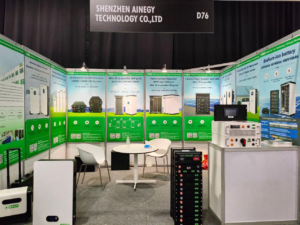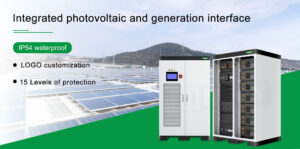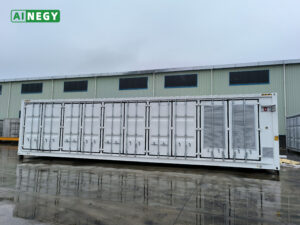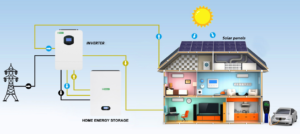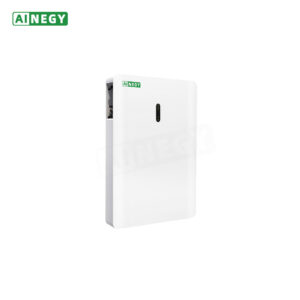Solar panels generate direct current (DC) electricity, which is different from the alternating current (AC) electricity used in most household appliances and the electrical grid. To use the electricity generated by solar panels to power common household devices, an inverter is typically required.
An inverter is a device that converts DC electricity into AC electricity, allowing it to be compatible with the appliances and the electrical grid. It changes the current’s direction and converts its voltage to the appropriate level.
While it is technically possible to use DC electricity directly from solar panels to power certain devices specifically designed to operate on DC, such as some small electronics or low-voltage lighting systems, it is not common for general household use. Most household appliances, lighting fixtures, and the electrical grid are designed for AC electricity.
Using an inverter offers several advantages, including the ability to power a wide range of devices, compatibility with existing electrical infrastructure, and the ability to feed excess electricity back into the grid in certain scenarios (such as through net metering arrangements).
However, it’s worth noting that there are some specialized systems, such as direct DC microgrids, where solar panels can be connected directly to DC loads without an inverter. These systems are typically used in specific applications and are less common in residential or commercial settings.
Here are some additional details about using solar panels without an inverter and the concept of direct DC systems:
- Direct DC Systems: Direct DC systems refer to setups where solar panels directly power DC loads without the need for an inverter. These systems are designed to operate with DC appliances and devices, eliminating the conversion from DC to AC. Some specific applications where direct DC systems are used include remote off-grid locations, specialized lighting systems, and certain industrial or commercial setups.
- DC Loads: Direct DC systems are suitable for devices and appliances that run on DC power. These can include low-voltage lighting systems, certain electronics like mobile phone chargers or DC-powered fans, and some types of industrial equipment. DC loads are typically designed to operate at specific voltage levels, such as 12V, 24V, or 48V.
- Efficiency: One advantage of using direct DC systems is the elimination of the conversion losses associated with using an inverter. Inverters introduce some efficiency losses during the DC to AC conversion process, typically ranging from 3% to 10% depending on the inverter’s quality. By bypassing the inverter, direct DC systems can be more efficient in terms of energy utilization.
- System Design: Direct DC systems require careful design and planning. The solar panels need to be connected directly to the DC loads, with appropriate wiring and circuit protection. Battery storage systems can also be integrated into direct DC systems to provide power during periods of low solar generation or at night.
- Limitations: While direct DC systems offer certain advantages, they also have limitations. One key limitation is the limited availability of DC appliances and devices compared to the wide range of AC-powered options. In residential and commercial settings, AC appliances are the standard, and transitioning to DC loads may not be practical or cost-effective in many cases.
- Grid Connection: If you intend to connect your solar panels to the electrical grid and potentially feed excess electricity back to it, an inverter is generally required. Grid-tied systems with net metering arrangements allow homeowners to offset their energy consumption and even earn credits for excess electricity generated. In such cases, an inverter is necessary to convert the DC power from solar panels into AC power compatible with the grid.
It’s important to consult with a qualified solar installer or engineer who can assess your specific needs and determine the most suitable system configuration for your requirements, whether it’s a traditional AC system with an inverter or a direct DC system.

